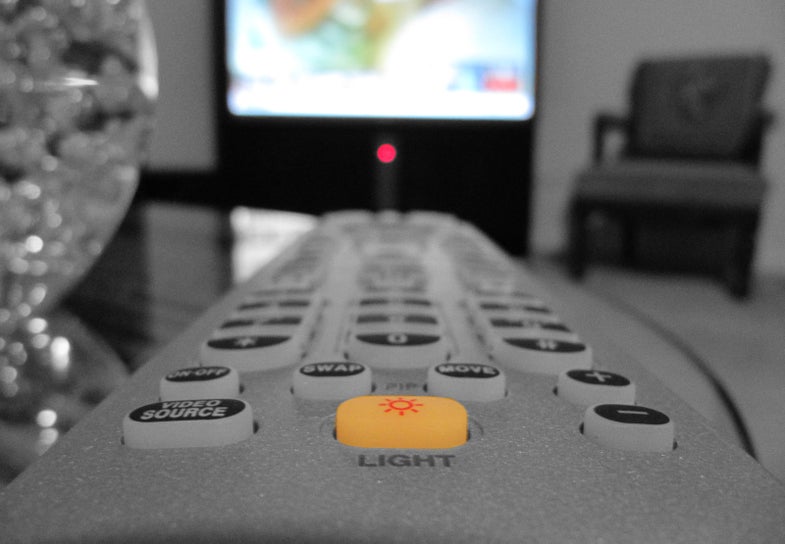Cable Television Is Not Dying–And That’s Good News
As traditional TV merges with the Internet, it's a win-win for consumers


TV Time
Just a few years ago, watching TV in the U.S. was relatively simple: Pick from a handful of big cable or satellite companies, and plug in a television. Then along came Netflix, Hulu Plus, Amazon Prime Instant, and other streaming services, effectively turning smartphones, tablets, and computers into TV-watching machines. The hype, of course, is these new services will spell the death of cable and broadcast, but the reality is a bit more nuanced—and it bodes well for anyone who loves TV.
First, though, a few facts: In 2014, the number of American households that relied upon a broadband Internet connection rather than a cable or satellite subscription grew by 112 percent over 2013, audience research firm Nielsen reported. So yes, a certain group is streaming more. But, the majority of households are actually adding this streaming capability to their more traditional, broadcast and cable TV options. “Consumers hate to give up choice,” says David Tice, senior vice president of media and entertainment at GfK, another market research firm. Last Fall, GfK surveyed streaming media player owners and found that between 64 percent and 74 percent still had a paid TV service too.
So while cord cutting may not be all it’s cracked up to be, another phenomenon is happening: Traditional TV and the Internet are becoming interchangeable as both offer more exclusive content on viewers’ schedules. With more outlets, the competition for audience is that much more intense, so the quality of programming is rising. Netflix and Amazon have invested in original series, to critically acclaimed results (Orange Is the New Black and Transparent, respectively). And TV studios are moving their offerings online: HBO’s stand-alone streaming app is due this year, and CBS released one last fall.
“Fifteen to 20 years from now, we may get to a point when all content is disaggregated and delivered over the Internet, and Comcast charges you twice as much for broadband,” Tice says. But for now, it means couch potatoes have more than ever to choose from.
This article was originally published in the March 2015 issue of Popular Science.